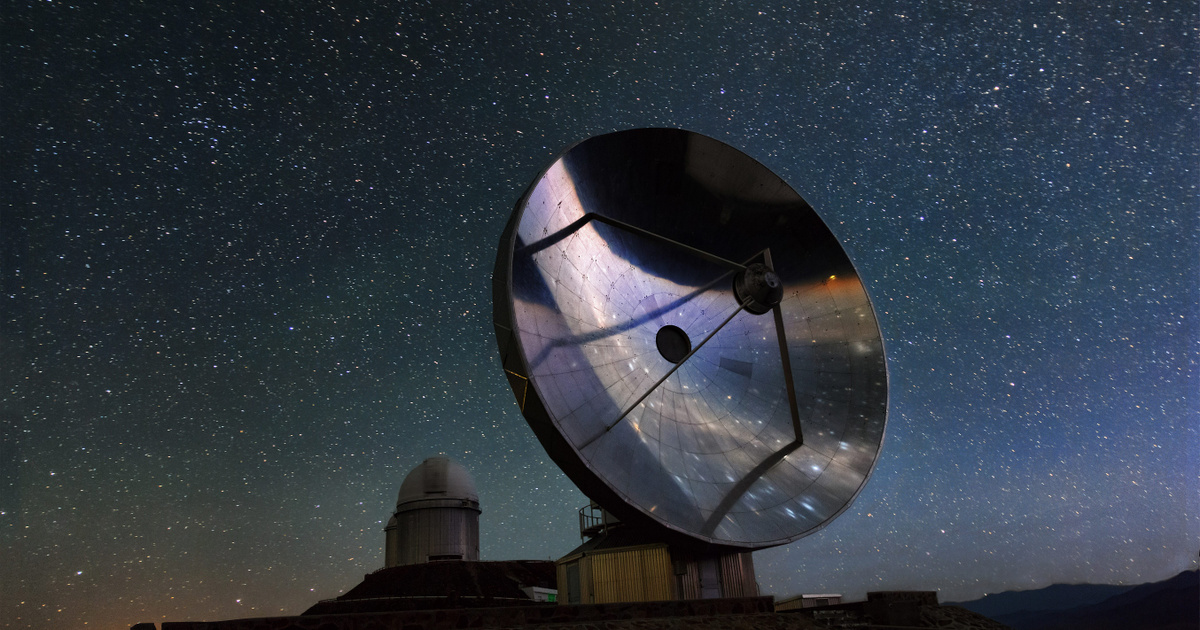Physicists from Scotland's Heriot-Watt University and the University of Cambridge have made major technical advances in astronomical technology that can be used to discover exoplanets. Sky News.
One surefire way to discover planets orbiting stars hundreds or hundreds of thousands of light-years away is to gain knowledge indirectly, based on changes in starlight. One of the tools of this method is the so-called frequency comb, which analyzes changes in light. Until now, these instruments have operated in the green and red bands of the spectrum, which limits the number of detectable exoplanets.
The new technology expands the capabilities of these combs, so that they can now detect not only the effects of exoplanets orbiting close to the star, but also the effects of Earth-like planets orbiting farther away, and even capable of carrying life.
The new approach continuously scans optical markers from ultraviolet to blue-green and identifies an accurate scale in these parts of the spectrum.
– noted Derek Reid, professor at Heriot-Watt University.
British specialists are currently working on a sensor that will be installed in the largest optical telescope on Earth, the 39-meter ELT telescope in the Atacama Desert in Chile, but the new device will also be used in telescopes in South Africa and the Canary Islands.














































